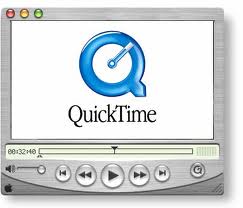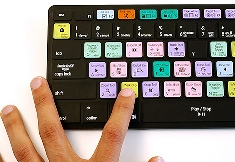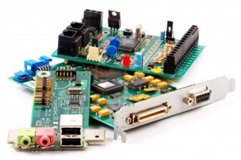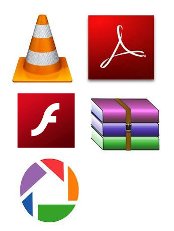
QBE
Stands for "Query By Example." QBE is a feature included with various database applications that provides a user-friendly method of running database queries. Typically without QBE, a user must write input commands using correct SQL (Structured Query Language) syntax. This is a standard language that nearly all database programs support. However, if the syntax is slightly incorrect the query may return the wrong results or may not run at all.
The Query By Example feature provides a simple interface for a user to enter queries. Instead of writing an entire SQL command, the user can just fill in blanks or select items to define the query you wants to perform. For example, a user may want to select an entry from a table called "Table1" with an ID of 123. Using SQL, the user would need to input the command, "SELECT * FROM Table1 WHERE ID = 123". The QBE interface may allow the user to just click on Table1, type in "123" in the ID field and click "Search."
QBE is offered with most database programs, though the interface is often different between applications. For example, Microsoft Access has a QBE interface known as "Query Design View" that is completely graphical. The phpMyAdmin application used with MySQL, offers a Web-based interface where users can select a query operator and fill in blanks with search terms. Whatever QBE implementation is provided with a program, the purpose is the same – to make it easier to run database queries and to avoid the frustrations of SQL errors.
Quad-Core
Quad-core CPUs have four processing cores. These cores act as separate processors, but reside in a single chip. A quad-core CPU can process instructions using all four cores at the same time, but the computer's software must support multiprocessing in order to use the four cores effectively.
Queue
To avoid any confusion, this term is pronounced exactly like the letter "Q". It is not pronounced "kay" or "kyoo-ee" like some people seem to think it is. A queue is a list of jobs that are awaiting to be processed. When a job is sent to a queue, it is simply added to the list of jobs. Computer programs often work with queues as a way to order tasks. For example, when the CPU finishes one computation, it will process the next one in the queue.
A printer queue is a list of documents that are waiting to be printed. When you decide to print a document, it is sent to the printer queue. If there are no jobs currently in the queue, the document will be printed immediately. However, if there are jobs already in the queue, the new document will be added to the list and printed when the others have finished. Most printers today come with software that allows you to manually sort, cancel, and add jobs to the printer queue. While this may not seem like a great benefit for the typical home user, it can be a helpful tool for businesses where many people share one printer.
QuickTime
This is a multimedia technology developed by our friends at Apple Computer. It is a popular format for creating and storing sound, graphics, and movie (.mov) files. Though it is an Apple technology, QuickTime software is available for both the Mac and the PC.

QWERTY
This term is used to describe a standard (Latin alphabet-based) keyboard. Why? Because the first six keys in the upper-left part of the keyboard spell out Q-W-E-R-T-Y. I suppose you could call it a QWERTYUIOP keyboard, but QWERTY is a lot easier to say. In case you are wondering why the QWERTY keyboard is arranged like it is, the original reason was to reduce the jamming of typebars in typewriters as they moved to strike the paper.
In 1932, August Dvorak developed what was intended to be a more efficient keyboard, in which he placed the vowels and the five most common consonants in the middle row, based on the idea that an alternating rhythm would be established between the right and left hands. Though the keys on the Dvorak keyboard were more efficienty arranged, it was and still is too much of a pain for people to switch from the familiar QWERTY arrangement.

| Terms |
| QBE |
| Quad-Core |
| Queue |
| QuickTime |
| QWERTY |
| Web Pages by Students |
ABC of C Language by Shailender Sharma |
Bootable Pen Drive by Avtar Singh |
e-Trash or e-Treasure? by Pallavi Bagga |
Lakshya by Rabina Bagga |
OOPs Concepts by Navjot Kaur |
Fitness First by Ankush Rathore |
Information Systems by Kajal Gupta |
Quiz Contest in C++ by Rajnish Kumar |
Core Java (Tutorial) by Shyena |
C Language Q&A by Anmol Sharma |
HTML 5 Tutorial by Kishan Verma |








